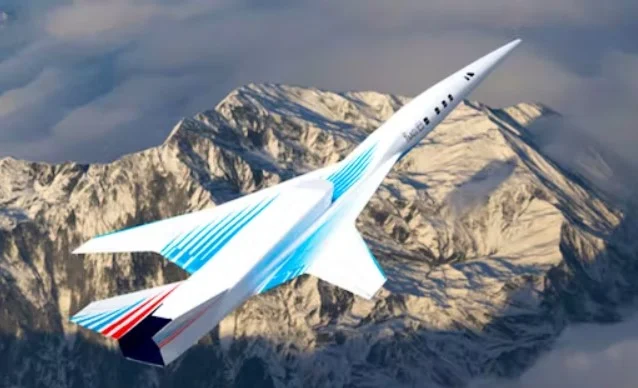 |
| Russia and China to Collaborate to Develop Supersonic Executive Jets |
International Military - Aviation researchers in Russia are developing a supersonic commercial/executive jet. China is partnered with Russia in a partnership to make this happen. The development of Russia's supersonic passenger aircraft is a response to the concerns of Russian President Vladimir Putin, who stated in 2018 that Russia has the potential to develop this type of aircraft.
At that time, after witnessing the test flight of the Tu-160 bomber, President Putin stated that he saw prospects for the development of a new civilian supersonic jet. The Russian president referred to saving flight time and saw a large company that could operate such a jet.
The UAC state aviation consortium later explained that it was working on a supersonic project. After that, Putin told Aeroflot CEO Vitaly Savelyev that, unlike the Concorde era, supersonic passenger jets can now be operated more economically.
Because, said Putin, new technology has developed and is supported by the use of composite materials. Entering the summer of 2020, Tupolev (part of UAC) with the Central Aerohydrodynamic Institute (TsAGI) revealed the first details of the design they had worked out. The two agencies agreed that a civil supersonic jet aircraft should be able to accommodate 30-50 passengers.
Tupolev wrote that the planned jet would reach speeds of up to Mach 2 or twice the speed of sound and be able to cover a range of up to 8,000 km. However, with the outbreak of the Russo-Ukrainian war that started on February 24, 2022, it has resulted in sanctions for Russia being imposed by the West. This then made it difficult for Russia to work.
In the summer of 2022, Russia was forced to postpone the plan. TsAGI recently announced that it has received a bilateral international project with participation in funding from the Russian Science Foundation. The research partner is CARDC (Chinese Aerodynamics Research and Development Center).
It is said, this cooperation project is to jointly develop wings that will be used on supersonic civil aircraft with special attention to acoustic issues. It is hoped that the resulting aircraft design will meet noise standards for subsonic aircraft, said TsAGI. The road to realizing this plane is of course still long.


